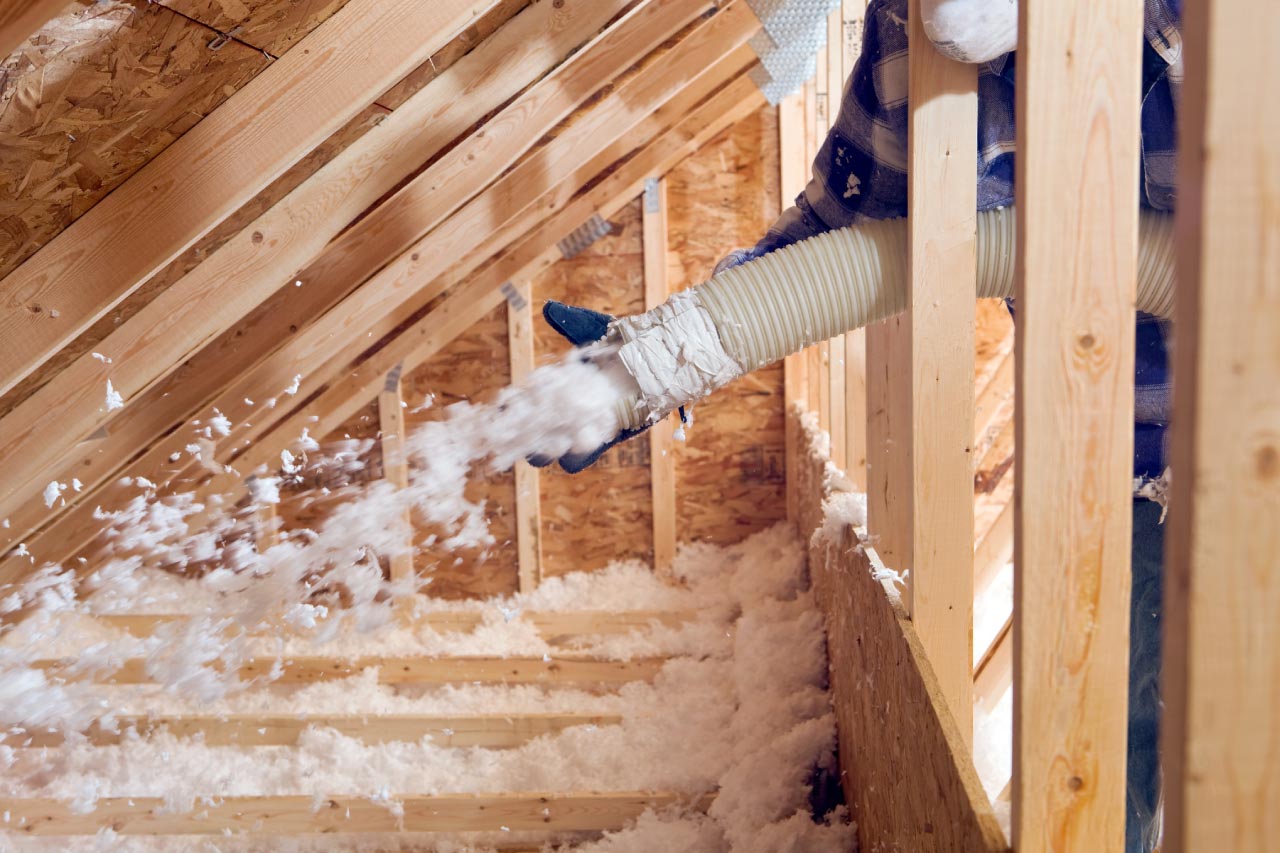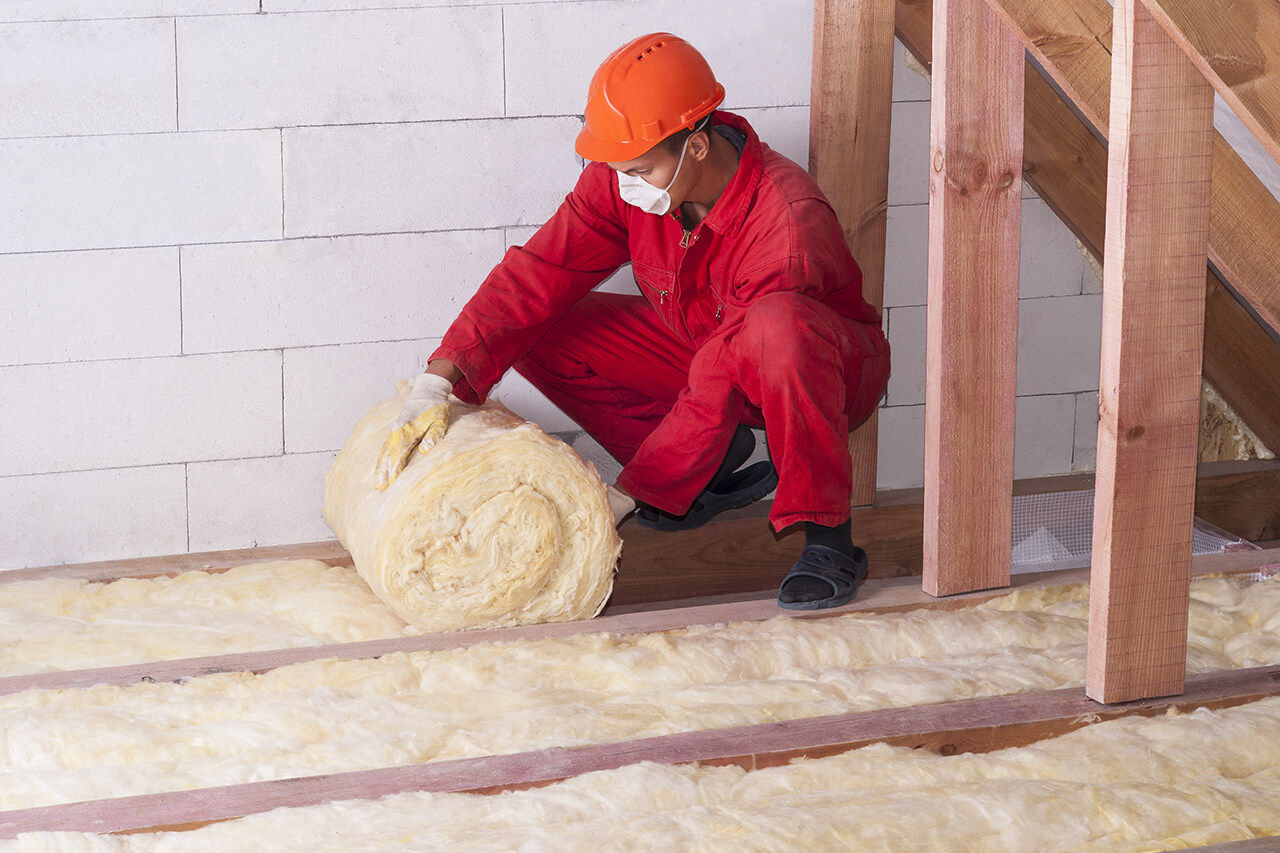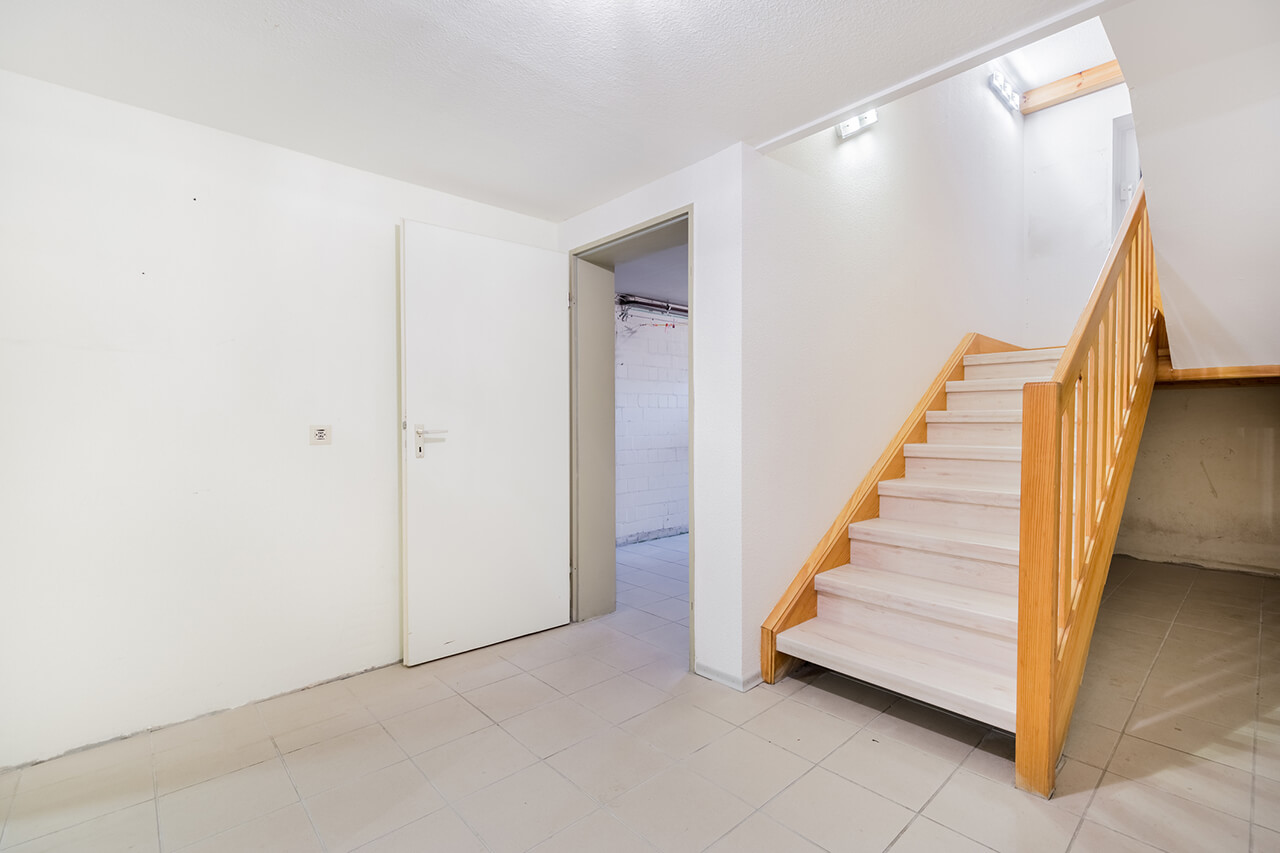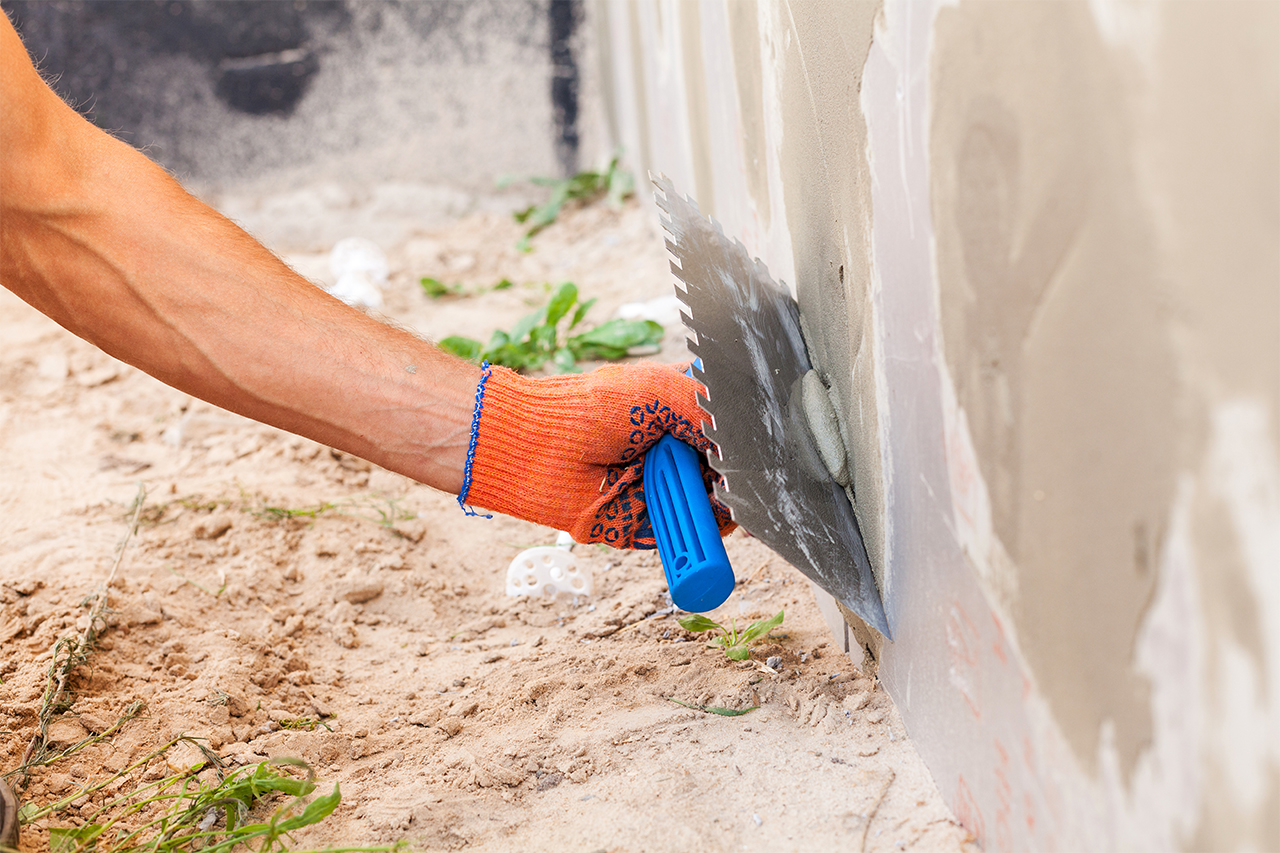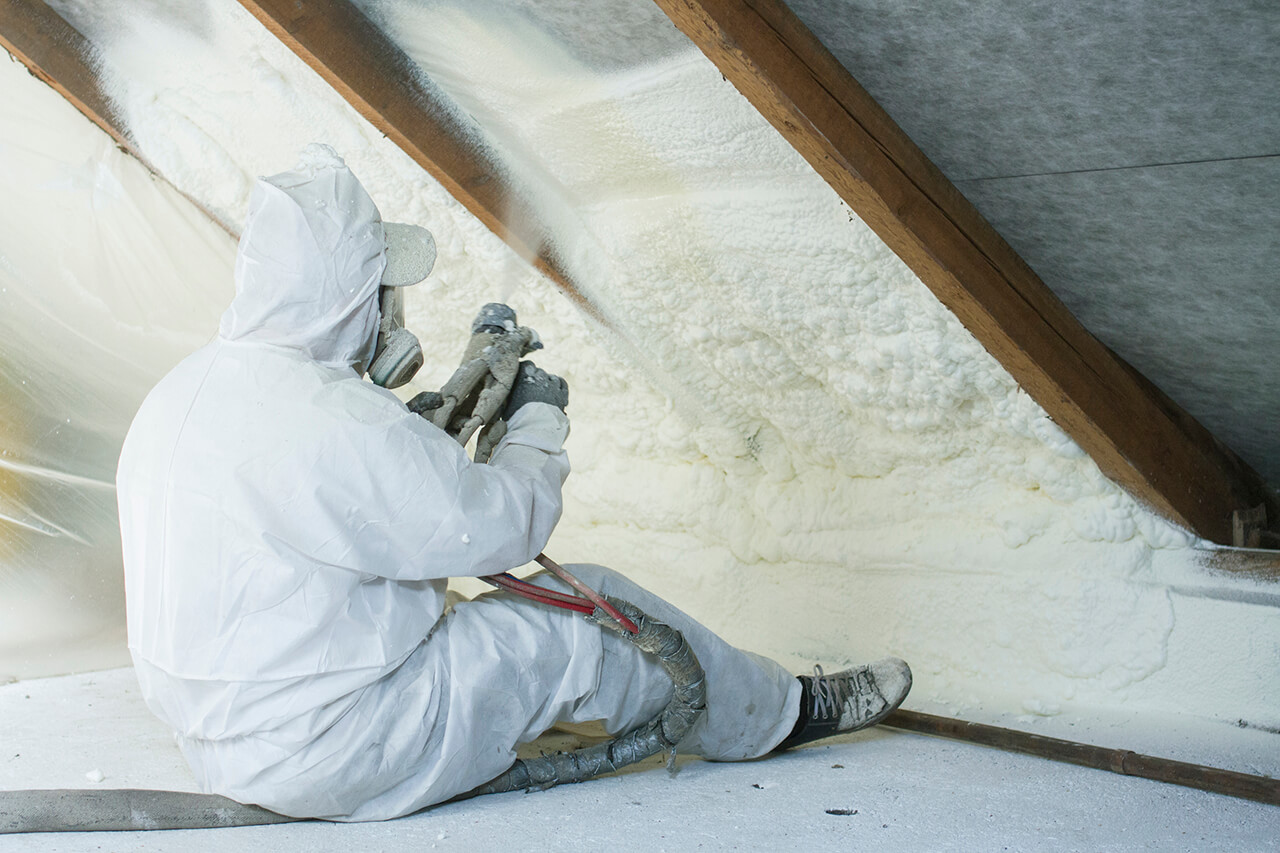Cost to Insulate Garage
It’ll cost $0.50 to $1.25 per square foot to insulate a garage. A professional installation may double that price, which doesn’t include the garage door. The total price ranges from $1,500 to $8,000, depending on the materials you choose and the size of the space.
Attached garages only need the outside walls insulated, not anything connected to the main home. Insulating a garage door with rigid foam or batts costs about $200 to $300 for a 9-foot-tall door.
Cost to Insulate Basement
Insulating a basement costs $1.50 to $2.50 per square foot or $1,400 to $6,300 on average. Most basements don’t need nearly as much insulation as upper floors since the surrounding earth helps to keep the space warm in the winter and cool in the summer.
Attic Insulation
Insulating an attic costs $1 to $7 per square foot or $1,500 to $6,000 total, depending on the materials. Since heat rises, properly insulating your attic is crucial to maintain a comfortable temperature throughout your home and to prevent energy loss.More commonly, spray foam gets laid first, then covered with batts or blown in. Most homes have at least twice as much insulation in the attic as they do in the walls.
Roof Insulation
Insulating your roof costs anywhere from $0.50 to $1.50 per square foot or $1,500 to $6,000 total. This creates a conditioned space that can be converted into a comfortable living area. Most attic conversions cost $40,000 and you can often bundle the price in with new roofing.
You can insulate a roof during or after construction. During new construction, a pro can put layers of rigid foam board on the sheathing but beneath the shingles. You can also have spray foam or batting placed inside the attic along the rafters.
Wall Insulation Cost
Wall insulation costs $1 to $4 per square foot. Most batting—both mineral wool and fiberglass—costs $1 to $1.50 per square foot to install. Some new construction homes use rigid, reflective, spray foam or a combination of all of them, which might run $3 to $4 per square foot.
You can also build a home’s walls using insulated concrete forms, where rigid foam works as the concrete form, which remains in place after construction.
Labor Cost to Install Insulation
Most installers charge between $40 and $80 per hour to install insulation. However, it depends on the type of insulation you’re putting in. For example, spray foam takes more prep and experience to correctly install versus something like batt insulation, which goes in quickly with almost no experience necessary. Keep in mind that your price may increase for additional insulation-related tasks, such as removing the old insulation in order to replace it.
DIY vs. Hire Insulation Contractor
Installing insulation yourself can save between $575 and $750 in labor costs. For straightforward projects like installing fiberglass rolls, batting, or rigid foam boards, DIY can be a viable option. Ensure you carefully install the materials to fill all gaps without compressing the insulation, as compression reduces its effectiveness. Always wear proper protective gear, including a dust mask, goggles, gloves, and full-coverage clothing.
For spray foam or blown-in insulation, especially in attics or roofs, it's best to hire a local insulation contractor. These projects require specialized skills and equipment to achieve proper coverage and optimal R-value.
